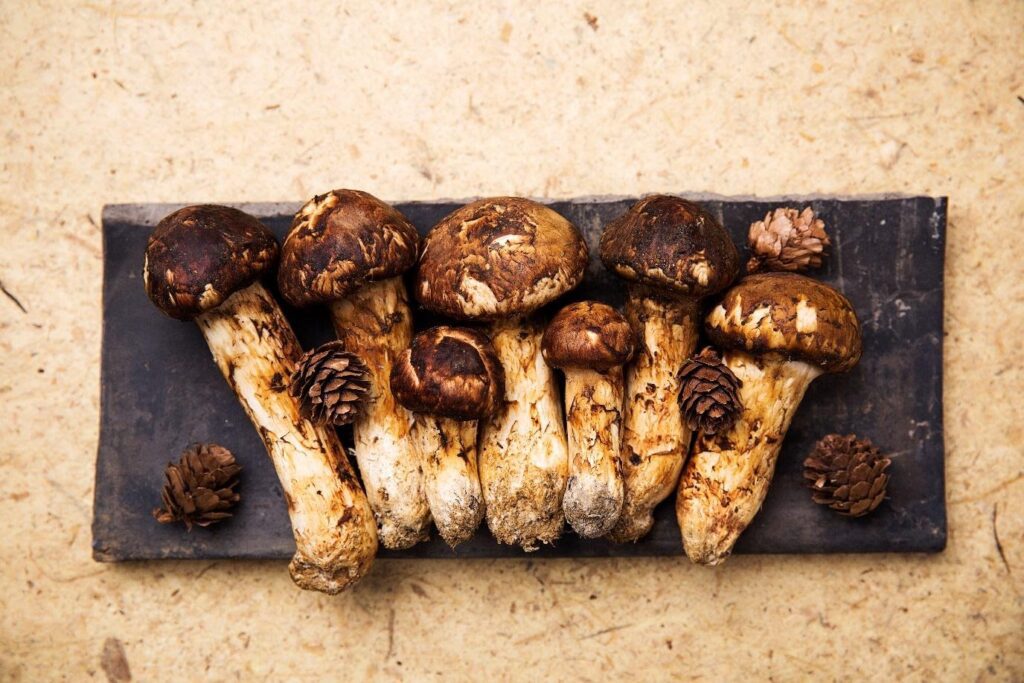Watch our webinars on mushroom farming here and start your own agri-business today!
Here’s a list of basic supplies you’ll need to start your own mushroom farm: –

- Rooms
Mushrooms, unless wild varieties are foraged and not cultivated, need a controlled environment to be able to grow and thrive. It is for this reason that most mushroom farms operate inside buildings and concrete rooms, rather than polyhouse or similar structures with less room for controlling factors like light and temperature. You’d need some rooms with a cumulative area of 500 square feet or more to make your mushroom farming business commercially viable. Most mushroom varieties can be grown in controlled environments and therefore, it is necessary that this room or set of rooms have the potential to be customized in terms of light, temperature, and humidity.
- Exhaust Fan
Usually placed at the roof of such rooms, else on the top of the sides (if the former is structurally not viable), the function of these fans is simple – they throw the stale air out and pave space for fresh air, ensuring healthy air that boosts growth and quality in mushrooms. Ventilation is key in order to foster healthy produce.
- Thermometers
Most varieties of mushrooms demand extremely controlled temperatures be able to grow well. Well-loved varieties best grow in 20-degree Celsius (plus) temperatures with abundant humidity. However, this number may change depending on what kind of mushrooms you are growing. It is therefore handy to install a room-thermometer to keep guard of the temperature and if the same drops or rises beyond the threshold too often, you might want to consider investing in additional systems to control the temperatures (heating or cooling, as per where you’re located).
- Hygrometer
A hygrometer is commonly used to take note of the weather patterns and use that to predict the future state of the weather, thereby helping you hedge for what is to come. It combines barometric pressure, wind measurements, and temperature along with humidity to accurately predict the future state. With its help, you can make important decisions around where to invest to keep your farm running.
- Lux meter
The lux meter can be used to determine how much of the luminous flux emitted by one or more light sources reaches a specific surface. This is extremely useful to determine how bright your room is and quantify it in units of measurement (the symbol of lux is “lx”). This can help you control light better and install tube lights and grow lights as per the units of lx suitable for the variety of mushrooms that you are growing on your farm.
- Refrigerator
There may be some time lapse between when you procure the spawn and when you actually activate the growing process. Spawn goes stale pretty fast and demands to be kept fresh and used fresh to ensure bountiful fruiting and sprouting. Therefore, it is recommended to keep a fridge handy to store the spawn while it is not being used.
- Sprayer
Some mushroom varieties require the growing medium to stay moist for the most part and in a small farm devoid of a proper water management system, water sprays are the next best alternative. When manually watered, sprays offer even and gradual distribution of water which is much faster than any other manual method and much more controlled, given how a little bit of water spreads far and even with every pump.
- Weighing Balance
When mixing materials for substrate, you might want to include a bunch of different things in a certain ratio. Further, when preparing grow-bags for mushrooms, the bags can only take a limited amount of weight and it is always handy to have a weighing scale to promote even bagging, and thereby even surface area across bags to ensure similar products out of each back and make marketing decisions based on the predictability of harvest.
- Chaff Cutter
Many times, fodder and hay are used as the dominant component of substrate given their cheap, abundant, and manageable nature. It is wiser to procure whole hay and it is sold by farmers and farming cooperatives for very cheap prices, however, if you buy pre-cut hay, it’ll cost you much more in the name of processing fee. Instead, make a one-time investment and cut your own chaff to use it as a growing medium along with any other materials to add to its nutrient make-up.
- Any additional temperature/humidity/light control systems
As per the above discussion, and based on the scale of your business and financial capacity, you may want to invest in any water management, temperature management, light management, or air management system (or a combination of these, or all!). A lot of these decisions will be guided by what the natural environment of the untreated room is like, how predictable this environment is and if it suits the specific variety of mushrooms that you are interested in growing.
There are many other tools and machines that you can buy to upgrade and even automate your farm to a certain extent. However, when starting out, it is wiser to not block all your cash in assets that promise long-term gains but may not be justified by your short-term revenue. Get comfortable with a basic setup and reinvest a portion of your profits to build your farm bigger and better.
In case you are interested in learning the nitty-gritty of the mushroom farming business, consider checking out our course here.
For other agri-business courses, click here.



